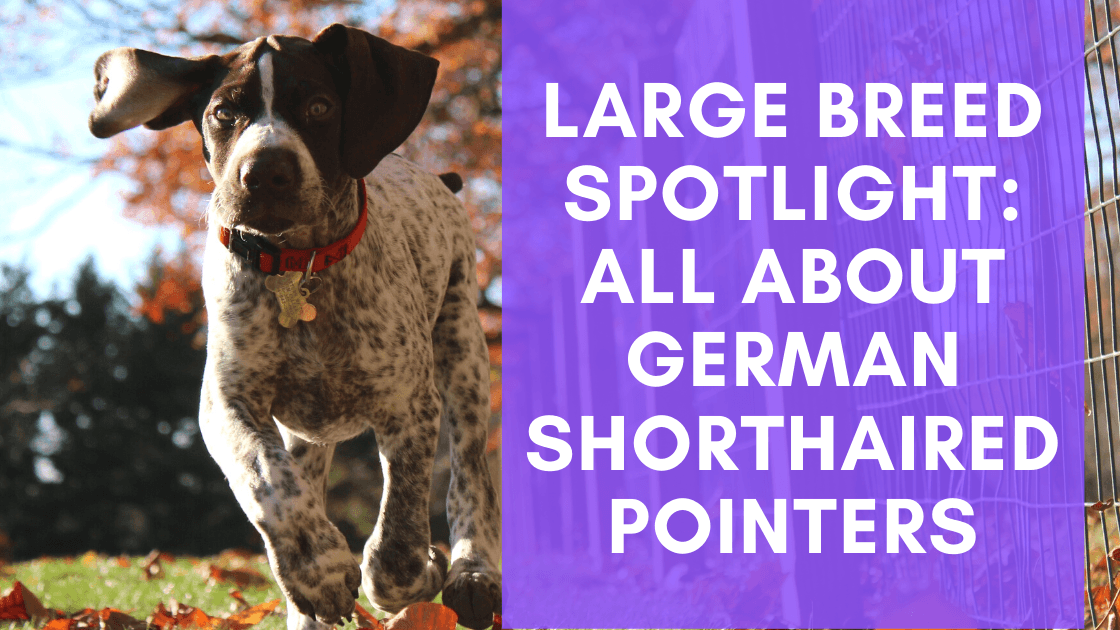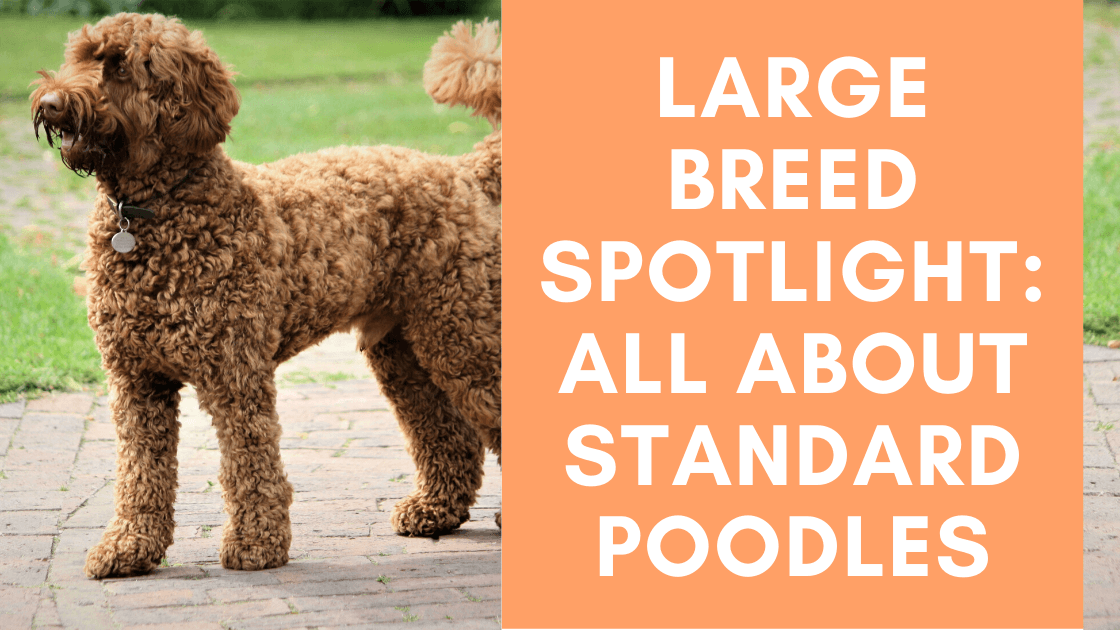When it comes to large breed dogs, one of the largest of them all is the Great Dane. In fact, they are the tallest of all breeds. Great Dane’s are often classified as “giant breeds” because of their exceptional size and are referred to as the “Apollo of dogs” due to their noble stature, courage, and grace.
This breed of dog dates back thousands of years—pictures of Great Dane-like dogs even appear in ancient Egyptian carvings. And despite their large size and guard-dog tendencies, Great Danes make excellent family dogs! They are people pleasers capable of strong bongs, are gentle and sweet-natured, and do very well with kids.
Let’s learn more about these gentle giants to find out if a Great Dane could be a fit for your family and lifestyle.
Physical Traits of Great Danes
Great Danes, the tallest of all the dogs, can have a shoulder height of 30-32 inches and males tip the scales at 175 lbs, with females maxing out around 140 lbs. Yet despite their large size, they are quite proportionate. Adult Great Danes rarely appear awkward or off-balance in their movements. In fact, they’re known for the regal and elegant ways they move.
Their coats come in a large range of colors including black, black and white, blue, brindle, fawn, harlequin, mantle, merle, and white. Their short coat is very low-maintenance and requires only weekly brushing to keep shedding to a minimum. Naturally, Great Danes have ears with a flap, but it is one of the breed’s where ear cropping is fairly common.
Historically, ear cropping was done to prevent injury to the ears when dogs are used for hunting (wild boar in the case of Great Danes), and to prevent ear infections. However, there is little research supporting fewer instances of infection with cropped ears, and in today’s society, you’re probably not taking your Great Dane wild board hunting too often. For these reasons, it is becoming less popular.
Great Dane Health Risks
The main health risk to be aware of with your Great Dane is Gastric dilation-volvulus. This is commonly known as bloat or twisted stomach. This is actually the number one killer of the breed, so it shouldn’t be taken lightly (source).
Basically, the dog’s bloated stomach puts pressure on their veins and bocks blood from returning to the heart and cutting off blood supply to the stomach. The cause isn’t fully known, but vigorous exercise after eating and consuming a large amount of water after eating seem to be risk factors. There are no at-home dog first aid remedies for bloat, which constitutes it as an emergency wherein your dog needs to be seen immediately.
Due to their large size, Great Danes have a typical life expectancy of 7-10 years. In addition to bloat, they are at risk for hypothyroidism, autoimmune thyroiditis, and hip dysplasia.
Personality and Lifestyle of Great Danes
Great Danes are very social dogs that are eager to please. However, due to their giant size, it’s essential that you begin obedience training right away! You’ll definitely need to have good voice control over your Great Dane. Luckily, firm, consistent and positive training techniques work well. Additionally, you want to expose them to a variety of places, people and other dogs when they are young to prevent any socialization issues as they get bigger and (potentially) more intimidating towards other people and dogs.
Great Danes need daily exercise, like most large breed dogs, but don’t require the intensity and constant exercise of, say, a German Shepherd or German Shorthaired Pointer. Two to three brisk walks per day will keep your Great Danes wiggles and attention-seeking behavior at bay. Great Danes make great dog jogging partners, but experts actually recommend waiting until your pup is two years old to avoid join damage on this giant breed dog.
What’s more, it’s imperative not to exercise your dog on a full stomach due to their susceptibility to bloat and twisted stomach.
Drawbacks to Great Danes
The main drawback of a Great Dane for most families is their giant size! You definitely need a home that can accommodate what some liken to a small pony walking around. But if you have space, these dogs make surprisingly good family dogs that don’t require the intense physical exercise of other large breed dogs.
Another potential drawback is their short life span. While it’s typical for larger dogs to have short life spans, losing a pup is tough. However, don’t let it stop you from enjoying your time and potential bond with this amazing breed!
Thinking about a Great Dane for your family?
Great Danes are wonderful companions with sweet dispositions. Their even temperament makes them great around young, wild children, too! Their large stature and loud bark make them effective watchdogs to boot. Just be aware of the health risks associated with this unique breed.
Do you have a Great Dane in your pack? We’d love to hear about them below!




2 comments
Allison Wittbold
Hi Ian! Thanks so much for sharing this info. That’s so awesome that they get along so well. I just love a giant dog that thinks they’re a lap dog—nothing better.
Alli | Writer for Monster K9
Hi Ian! Thanks so much for sharing this info. That’s so awesome that they get along so well. I just love a giant dog that thinks they’re a lap dog—nothing better.
Alli | Writer for Monster K9
Ian J POTTER
I have a 3 yr old Dane. We wanted to get a second dog but one that is friendly towards a Dane. Most breeds do not like the BIG breeds and may become aggressive. After plenty of research, I found a couple in Colorado and South Carolina with the same problem. They both found and suggested that a Grayhound fits perfect. Last year we adopted a retired racing Greyhound and you would think that these 2 beauties were brothers, there is no fighting, rough housing is very minimal and are both lovable couch potatoes that think they are lap dogs. Just some food for thought.
I have a 3 yr old Dane. We wanted to get a second dog but one that is friendly towards a Dane. Most breeds do not like the BIG breeds and may become aggressive. After plenty of research, I found a couple in Colorado and South Carolina with the same problem. They both found and suggested that a Grayhound fits perfect. Last year we adopted a retired racing Greyhound and you would think that these 2 beauties were brothers, there is no fighting, rough housing is very minimal and are both lovable couch potatoes that think they are lap dogs. Just some food for thought.